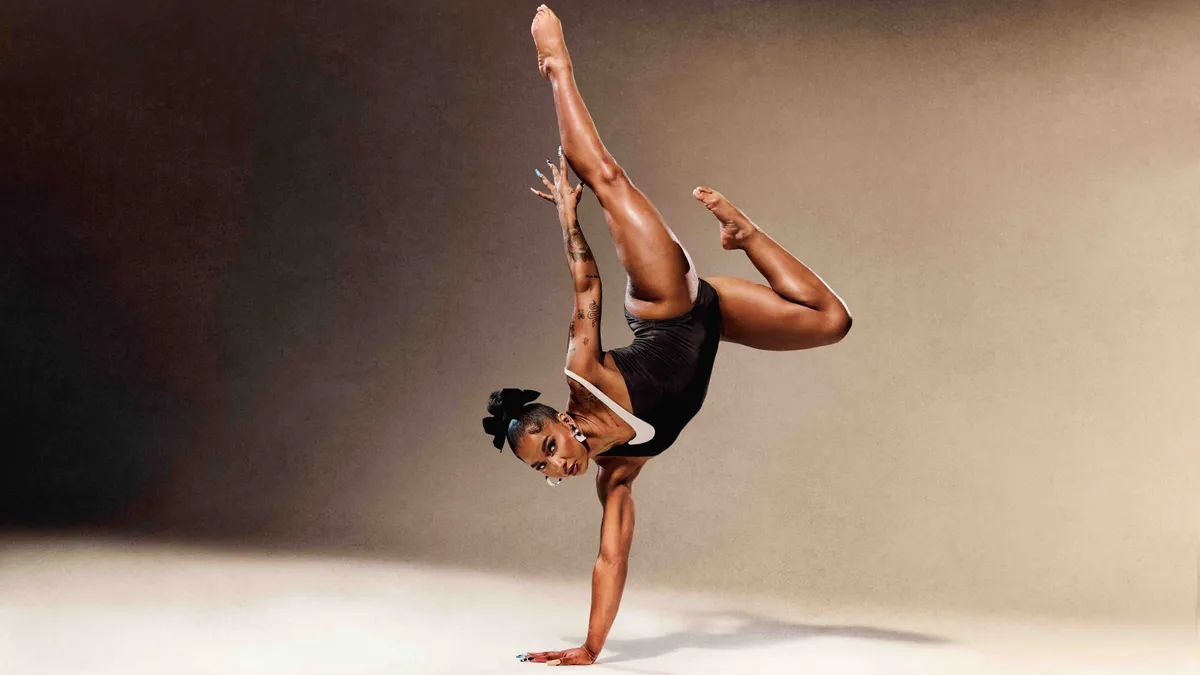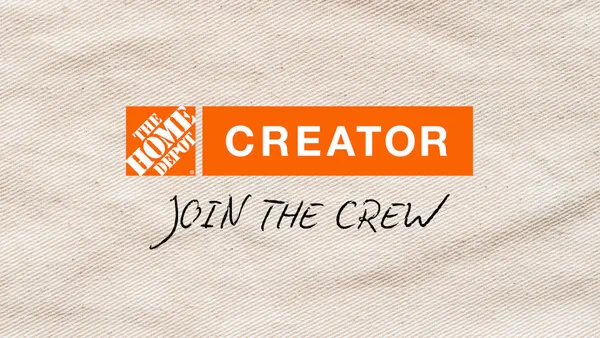Brief:
- Facebook released a redesigned version of Messenger, its chat app with 1.3 billion users worldwide, to focus the platform on basics like chatting with friends individually and in groups. The update cuts the number of explorable tabs from nine to three, with conversations placed centermost in the Chats tab, the company announced this week.
- The People tab lets users find their friends, catch up on Stories and see who is active in the app. The final tab, Discover, can connect users to businesses to access deals and offers, play Instant Games, book travel or follow the news, among other features.
- Messenger now also has a "color gradients" feature that lets users customize the chat bubbles in their conversations. Facebook will roll out the new platform in phases, and plans to introduce features such as the high-contrast Dark Mode to cut down on screen glare.
Insight:
By cutting down on cluttered tabs and making chat functions more easily accessible, Facebook's redesigned Messenger is the latest acknowledgement that the app had become bloated with features aimed at monetizing the service instead of sticking to the basics. It joins other recent efforts by Facebook to put a stronger focus on giving the user a positive experience like giving priority to friends and interactive content in the News Feed over brands and static content, which Facebook did earlier this year. Businesses may be slightly harder to find on Messenger now, meaning marketers will need to push strategies like chatbots more aggressively to their own customers. Whether or not Facebook's efforts to support the user experience will hurt its revenue from brands remain to be seen.
About seven out of 10 (71%) people said simplicity is the top priority for them in a messaging app, according to a Facebook survey. The last version of Messenger wasn't considered simple with its distinct tabs for people, businesses, games, past calls, groups and friends who were online. As The Verge notes, the button for starting a new text message was confined to a tiny spot next to the search bar, while the camera feature was placed more prominently on the screen, pointing to how the platform urged users to interact with video chat, augmented reality selfie overlays and other camera features.
With three streamlined tabs, the latest Messenger appears somewhat like Snapchat, which offers similar features in a relatively less-cluttered layout. Facebook has continued to lose younger users who are more likely to connect with friends on Snapchat or Instagram, which also has a relatively clean and simple interface compared with Facebook's main social networking app. About half (46%) of U.S. teens said Snapchat is their favorite social networking app, compared with 32% for Instagram and 5% for Facebook, per a recent Piper Jaffray study. The redesigned Messenger may help Facebook to regain usage among that younger audience that is shunning its network in droves.











